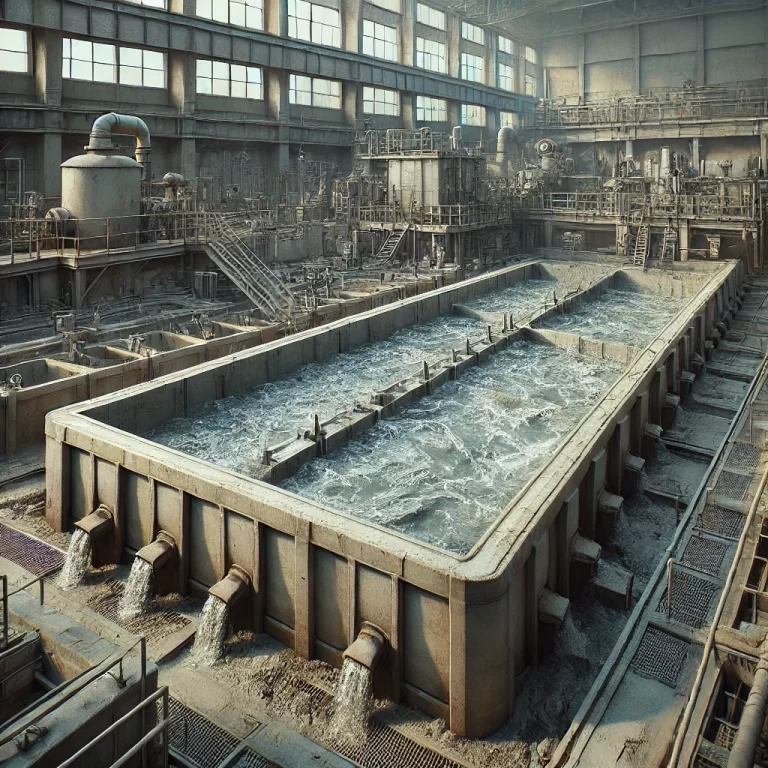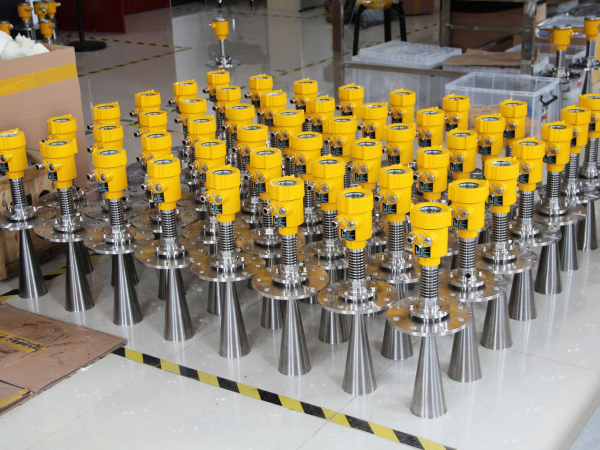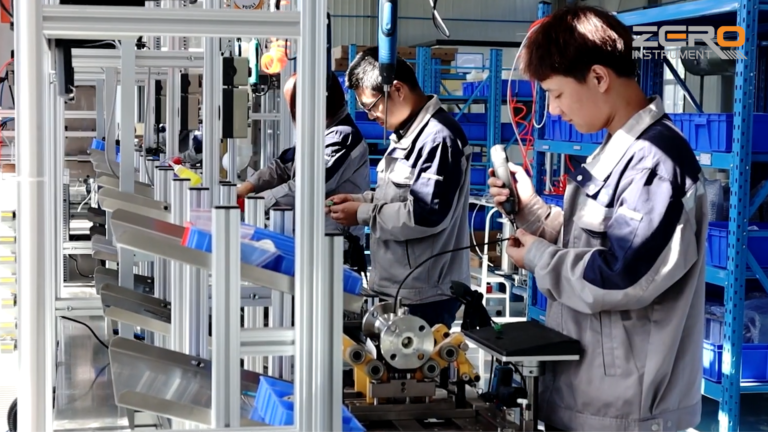The mud flushing tank is a facility used to deposit solid particles in industrial processing. The accurate measurement of its liquid level is crucial to ensure the normal operation of subsequent processes.
With the development of technology, radar level meters have gradually become an important tool for mud flushing tank level monitoring due to their high precision and non-contact measurement advantages.

The non-contact measurement method of the radar level meter avoids direct contact between the sensor and the medium, thereby reducing the maintenance requirements caused by sludge deposition or adhesion.
This is particularly important for liquid environments such as mud flushing tanks that contain high concentrations of suspended solids. Secondly, the radar level meter is insensitive to the dielectric constant of the medium and can maintain a high measurement stability even when the dielectric constant of the medium in the mud flushing tank changes.
Furthermore, the radar level meter has a strong anti-interference ability. In the mud flushing tank, factors such as temperature, humidity and corrosive gases may affect the measurement results.
However, modern radar level meters have effectively improved the stability and accuracy in harsh environments through optimized design, such as the use of high-frequency microwaves and special material processes.
In addition, the installation and maintenance of radar level meters are relatively simple, making them highly economical in practical applications.

From a technical perspective, the performance of radar level meters is mainly determined by their frequency range. Low-frequency radar level meters are suitable for large-scale measurements, while high-frequency radar level meters provide higher measurement resolution. In the application of mud flushing pools, choosing a radar level meter with the right frequency is crucial to ensure measurement accuracy.
At the same time, the antenna design of the radar level meter also affects its performance. For example, horn antennas are suitable for most standard applications, while parabolic antennas are more suitable for narrow spaces or environments with strong steam. In actual engineering applications, the selection of radar level meters needs to consider the specific conditions of the mud flushing pool, including the pool structure, medium characteristics, and environmental factors.
Through a comprehensive evaluation of these variables, the most suitable radar level meter model and installation plan can be determined. In addition, regular calibration and maintenance are also key measures to ensure long-term stable operation.

Radar level meter has shown significant technical advantages and application value in mud flushing pool measurement. Its non-contact measurement method, strong adaptability to medium changes, and excellent anti-interference ability make radar level meter an ideal choice for mud flushing pool level monitoring.
